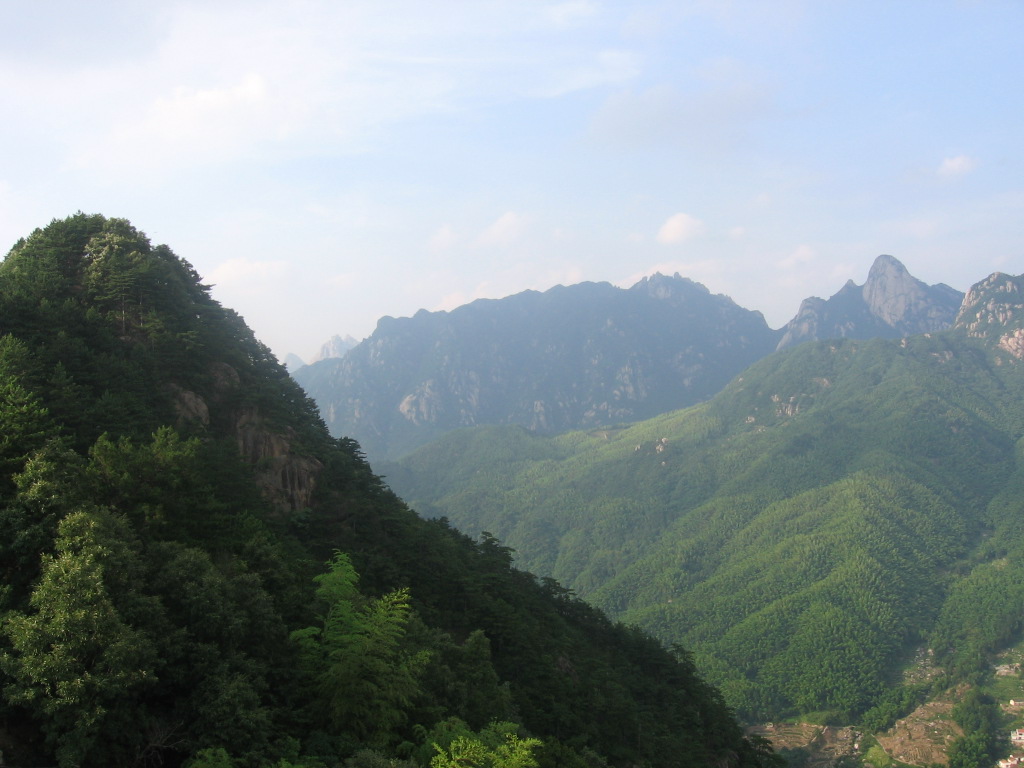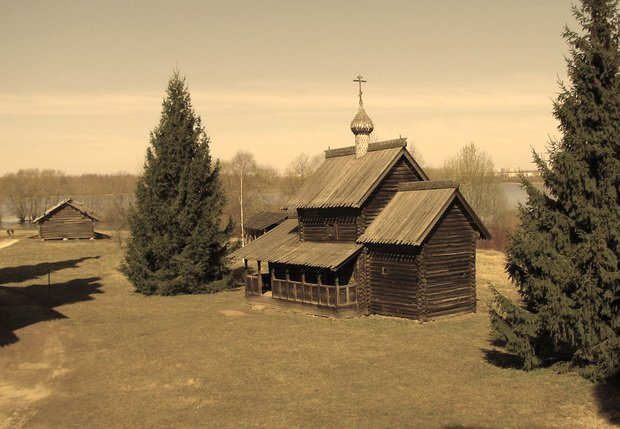
Atlas Obscura website highlights Thomas Merton’s hermitage. As a Trappist monk in Gethsemani Monastery in Kentucky, Merton wrote prolifically about hermits and solitude but was not able to convince his abbot to grant him solitary living quarters until late in his life.
“Merton’s search for solitude resulted in several impromptu hermitages. Initially, he lived periodically in a steel grain cart. Then, a makeshift shack somewhere on the property. In 1965, he was granted permission to build and inhabit an official hermitage on the property. His hermitage continues to be in use by other monks. Merton had essentially reintroduced the idea of eremitic life to his monastic order, and now they accept monks who want to become hermits.”
URL: https://www.atlasobscura.com/places/thomas-mertons-hermitage



